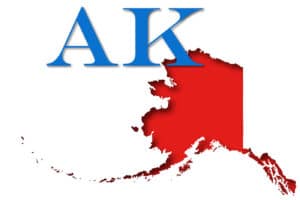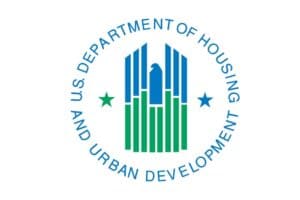LIHTC

2014 Iowa QAP: Final Version Available
The 2014 Iowa QAP is now available on Iowa Finance Authority’s (IFA) website. The final application is due on December 9, 2013 at 4:30 pm. Please note that there applicants must attend a mandatory developer training session.

2014 Idaho QAP: Public Hearing & Draft
Idaho Housing and Finance Association (IHFA) will hold a public hearing for the 2014 Qualified Allocation Plan (QAP) on October 30, 2013

Notices of Funding Availability: Alaska
Alaska Housing Finance Corporation announced the availability for funding under the following programs:

UPDATE: Virginia QAP: Final QAP
On October 2, 2013, The Virginia Housing Finance Authority (VHDA) Board of Commissioners Approved revisions to the 2014 Qualified Allocation Plan. The application deadline is January 29, 2014 and application materials will be available in mid-December.

Affordable Housing in the New England Region: A New Special Report
Multifamily housing developers, community organizations, investors, and lenders interested in affordable rental housing in New England have a new resource available that provides a comprehensive overview of current opportunities. A special report entitled “A Variety of Approaches: New England State Agencies Differ in Needs, Priorities in Their Housing Credit Programs” reviews recent and current tax credit allocation activity, project trends, and state priorities in the New England states ““Connecticut, New Hampshire, Maine, Massachusetts, Rhode Island, and Vermont.

Ohio Issues New Draft Multifamily Underwriting Guidelines
The Ohio Housing Finance Agency has issued a new draft of its Multifamily Underwriting Guidelines. Notable changes include increasing the Developer’s Fee for 4% Housing Tax Credit Projects to increase basis.

Low-Income Housing Limits to Be Waived For Colorado Disaster Victims
The Internal Revenue Service (IRS) announced that it is waiving certain limitations for projects financed with Low Income Housing Tax Credits (LIHTC) or exempt facility bonds so that owners and operates across the United States can provide housing to victims of severe storms, flooding, landslides, and mudslides in Colorado that began September 11, 2013.

House, Senate Appropriations Committees Approve FY 2014 HUD Spending Measures
The U.S. Senate and House of Representatives Appropriations Committees have both approved the T-HUD Subcommittee versions of the fiscal year (FY) 2014 Transportation, Housing and Urban Development (T-HUD) and FY 2014 Agriculture and Rural Development funding bills.

Senators Announce “˜Blank Slate’ Approach to Tax Reform
Senate Finance Committee Chairman Max Baucus (D-MT) and Ranking Member Orrin Hatch (R-UT) recently distributed a “Dear Colleague” letter outlining a “blank slate” approach to tax reform. This method approaches tax reform with the assumption that all special provisions will be eliminated unless there is clear evidence they should be kept in the code.

Senators Introduce Bill to Fix 9% and 4% Housing Credit Rates
Senator Maria Cantwell (D-WA) and a group of bipartisan Senators together re-introduced S. 1442, which would amend the Internal Revenue Code of 1986 to make permanent the minimum low-income housing tax credit (LIHTC) rate for unsubsidized buildings and provide a minimum 4 percent credit rate for existing buildings.

HUD Issues Notice on FY-2014 MIPs; Clarifies Policy for LIHTC & Affordable Properties
HUD has issued a notice announcing that mortgage insurance premiums (MIPs) for Federal Housing Administration (FHA) Multifamily, Healthcare Facilities, and Hospital mortgage insurance programs that have commitments to be issued or reissued in FY-2014 will remain the same as in FY-2013.

Utilizing 4% Credits in RAD Transactions Webinar
CohnReznick, Nixon Peabody, and the Pennsylvania Housing Finance Agency present the webinar “Utilizing 4% Credits in RAD Transactions” on Thursday, September 26 from 10:00 am-11:00 am EST. Presenters John Mackey (CPA, Partner CohnReznick), Susan Belles (Manager of Loan Programs, Pennsylvania Housing Finance Agency), and Michael Reardon (Partner, Affordable Housing Nixon Peabody LLP) will share their practical experience and insights in helping public housing authorities finance RAD conversions, rehabilitation, and new construction projects by integrating 4% tax-exempt bonds.